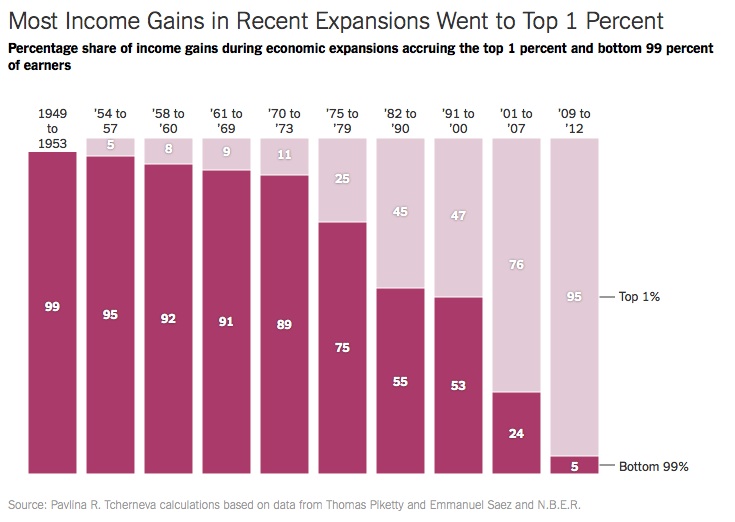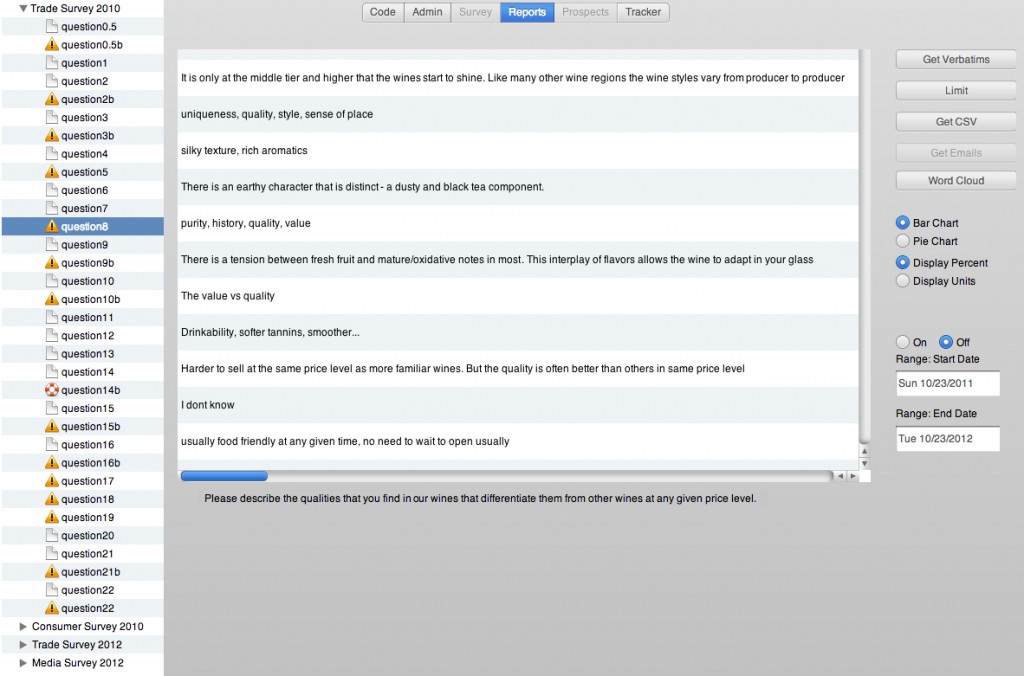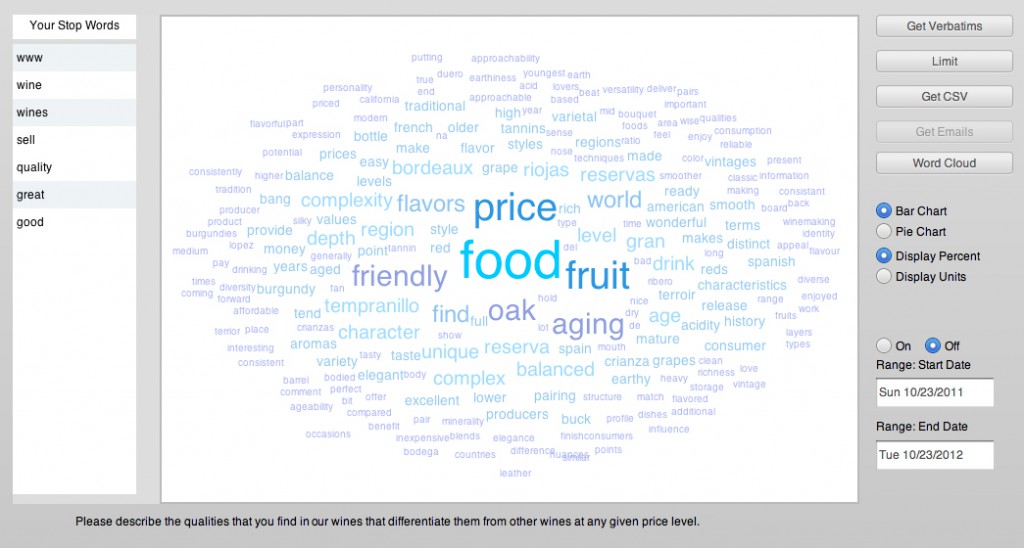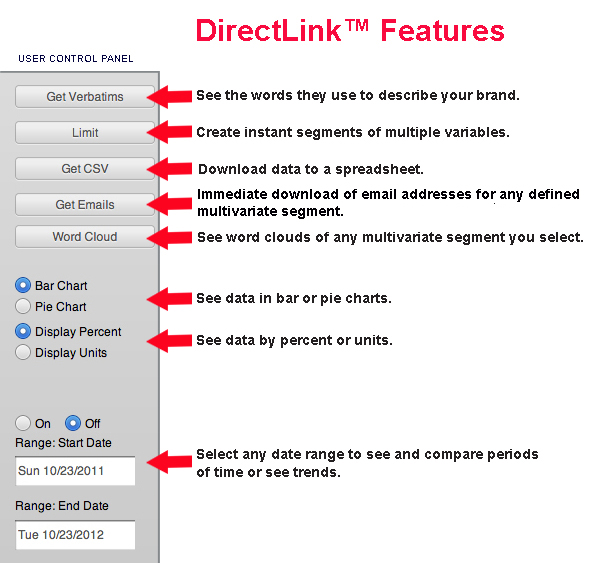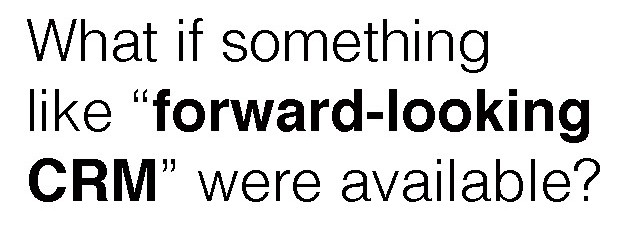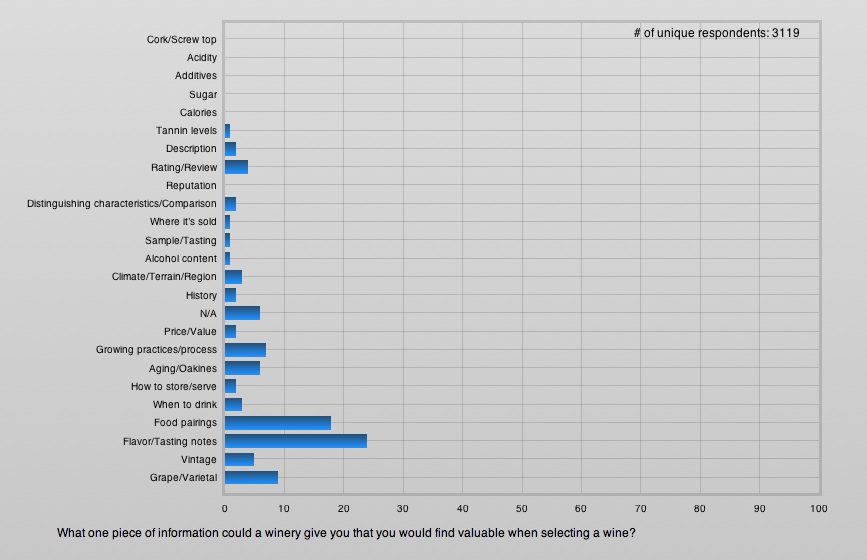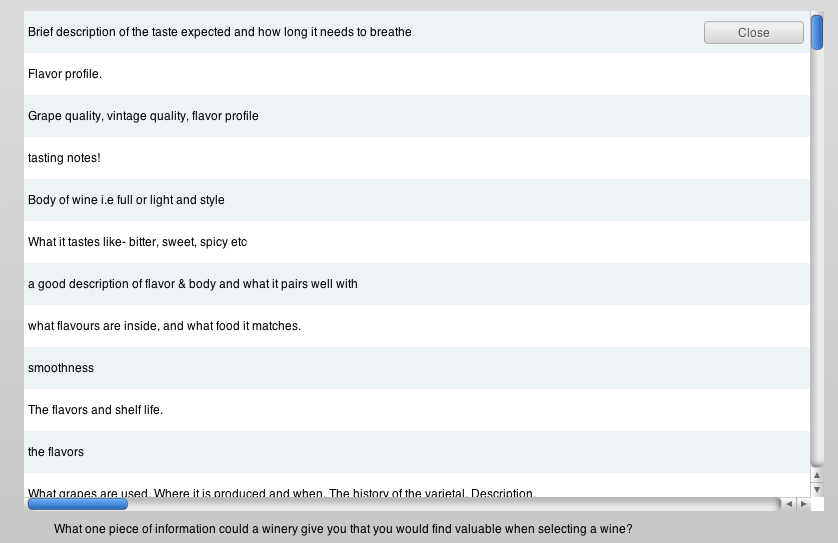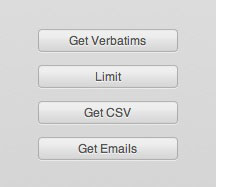It has become a standard part of every organization’s marketing plan to have a database of customer emails. Millions of companies and institutions are sending out email newsletters, promotions and solicitations everyday, both for consumers and the trade. You’re probably receiving many of them yourself and if you’re anything like me, you probably delete all but a few as soon as you see them land in your email box. More often than not, these are emails from companies you know or may even have requested information from. The others end up in your junk folder.
About 20% of these emails get opened but a much lower number are actually read — click through rates are about 5%. Another way of saying that is 80% of these emails are never opened and 95% are never read. When you think of it that way, you have to ask how you can improve?
At Futureshift, we have a different approach on how to make databases work harder and we put them to work for our clients. Here are 10 tips for improving your database performance:
1. Have a database strategy.
Think of it this way: Would you advertise without an objective, creative strategy and message? Database marketing is no different. What do you want your database to do for you? Who do you want to reach? What do you know about them that tells you what they want to hear from you? Do they all want to hear the same thing or should you segment them by interest or need and address them accordingly? Think these things through and write a strategy that keeps your database use focused, disciplined and integrates it with your other marketing programs. Otherwise, say hello to junk folders.
2. Think of your database as a community.
If you think about databases as numbers of files and demographic fields, you’re working with an outdated framework. Imagine that you’re the mayor of a town and each member of your database is a resident. They live in separate areas that may have demographic and psychographic markers but more importantly, they have different needs. Some areas may want better schools, some more security or different zoning. Databases are no different. They can be grouped by needs and then you can address your database members with just the information that they’re looking for.
3. Don’t buy. Build!
You can build your database more quickly by buying names from list brokers. You also can alienate a lot of potential customers and get labeled as spam. It’s better to build one by one, if necessary, even if you’re starting at zero. There are a number of techniques that can raise awareness of your company and you’ll add prospective customers who actually are interested in learning more. For one of our clients, we began at zero several years ago and now have 8,000 members of their trade and nearly 100,000 loyal consumers signed up. Click-through and open rates are higher than industry averages and unsubscribes are lower. The reason is that people want to be there.
4. One size does not fit all
Perhaps the biggest mistake companies make with the information they send to their database members is that they send the same information to everyone. That’s a fast way to increasing the number of unsubscribes. People want information that pertains to their needs. Email is similar to advertising in that you have only a few seconds to attract the reader’s attention. It’s a quick trip to the delete key. A singular approach, whether in e-newsletters, promotions or other announcements will speak to only one group. Over the years, the amount of competition and market clutter has fragmented both trade and consumer markets. You can think of it like cable TV. We now have access to more than 1,000 channels with most focused on a specific area of programming to meet specific viewer needs (history, cooking, discovery, shopping, etc.) When programming doesn’t address needs, people change the channel…or they hit the delete key.
5. If you can only know one thing about your customers, know their frustrations.
A frustration is simply an unmet need. If you can fulfill unmet needs, you’ll have a customer. How do you learn what frustrates people about your product? Ask. Your first email to a prospective database member should be to ask questions about their frustrations and needs. There are some easy ways to use either closed- or open-ended questions to do this. Once you understand unmet needs, you’ll see that people can be moved into needs-based segments. You’ll also learn that many of the demographic and psychographic markers you used to use are really not an accurate guide to predicting what customers and non-customers want to know.
6. Your job is to listen, not tell.
Most databases are used to broadcast information about companies and products, and the goal of most database acquisition programs is to build quantity rather than quality. The conventional wisdom goes that since conversion percentages run so low, you’ll need larger and larger databases so that very small number of customers will continue to grow. But at the same time, you’re making yourself vulnerable to a competitor who is better at building database size than you and has more resources to offer incentives. The old adage that it’s better to talk to people not at them is true with database marketing too. Ask questions, find out what people need, and what they really want to hear from you. We often ask “What is it about this product that companies tell you that is of no use to you?” and “What would you like to know that nobody has asked you in the past?”
7. Tell them what you heard.
Whether trade or consumer, the first question people ask is “What do other people like me think?” B2B customers want to know how their peers are dealing with the same issues they have. Consumers want to know how others, just like them, solved the same problems or used certain products. This is why early chat rooms were immediately successful and led to the growth of social media. After you ask your customers about their needs, report back to them on what you learned. This says that you listened to them and that you have an understanding of who they are, how they are distinct and what they share with others like them. It pays off.
8. Involvement = Loyalty
This is the payoff. Build by asking, then listen, acknowledge and then ask again. Stop giving a monologue to your customers and build a dialogue with them. Do this enough and you’ll be able to get them to help you add qualified people to your database through friends and family or associates programs, join advisory boards or participate in regular feedback panels. Over time, you can turn them into your brand ambassadors and expand your marketing reach. Isn’t this the real goal of marketing?
Two other commonly misunderstood caveats need to be kept in mind:
9. Facebook likes are not a customer database.
Social media has its uses. It’s a like a TV channel that goes out to the masses. It can be great for raising awareness but it does not acquire an audience that you can always reach nor does it help you segment customer needs. Social media is like shooting a shotgun and hoping you’ll hit your target. They’re out there but you don’t know where they are nor when they’re paying attention to you. Database marketing is a completely different marketing tactic and one is not a substitution for the other.
10. Using successive emails to qualify people.
Many companies capture emails from people who visit their websites. Then they begin a series of successive emails and key future marketing based on which email garners a response. However, it doesn’t work that way because customers don’t give you that many chances. Keep in mind the environment in which your email is one of dozens or even hundreds your customers or prospects receive each day. Your first email has to give them a reason to respond. Draw them into a dialogue and then you can qualify them along the way.
Follow these ten tips and you’ll improve the performance of your database. More importantly, you’ll get closer to your customers and create relationships that generate sales and referrals. While I’m advocating asking a lot of questions of your database members, note that I didn’t mention market research once. Market research will tell you what people think at a point in time and that information can be a good evaluative mechanism. But this is about having a conversation and using some digital tools to allow you to engage your customers in very large numbers. While we have our own proprietary tools for increasing customer involvement and loyalty, we can also help you do it on your own. The important point is to stop looking at database marketing as a linear process and see it as a relational part of your marketing program.
Tags: Assumptions, Change, Click Through, Communities, Creativity, Customer needs, Customers, Database, Database Marketing, Demographics, Dialogue, Digital tools, Frustrations, futureshift, Involvement, Junk Mail, Marketing, Mistakes, Open rates, Outcomes, Psychographics, Social Media, Spam, Strategy, Unsubscribes
 questions to and you’ve opened up your market research provider’s survey builder to create the survey. You may have done it dozens of times before; that is, begun a research project knowing that what you’ll get back is a group of conclusions about your group and segments of your group, which may be by any combination of demographic criteria.
questions to and you’ve opened up your market research provider’s survey builder to create the survey. You may have done it dozens of times before; that is, begun a research project knowing that what you’ll get back is a group of conclusions about your group and segments of your group, which may be by any combination of demographic criteria.







